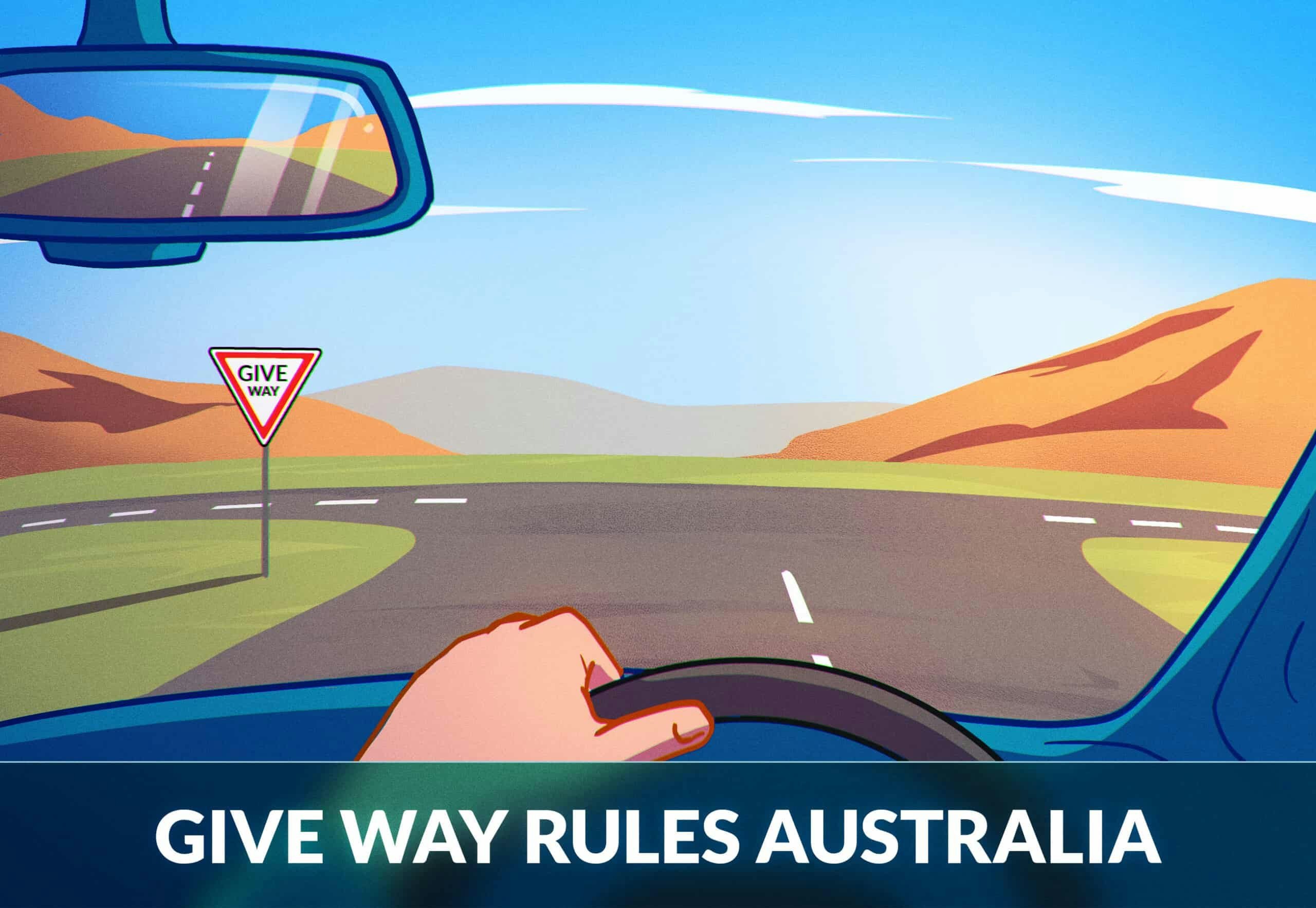
Guide to the Give Way Rules in Australia (+ Test)
Give Way rules are designed to allow vehicles to move predictably in all situations where their paths cross each other. In this article, we’ll go through all you need to know as well as where to find a great give way test.
Note: This article will cover many of the general rules in Australia. For the exact rules in your state, select your state and go to the lesson ‘Give Way Rules’. Each driver education course contains detailed examples of the specific rules in your state.
General Give Way Rules
In general, you must give way:
- To vehicles on your right
- When turning across someone else’s path. If turning, you also have to give way to all pedestrians crossing the road that you are entering.
Be careful and always approach an intersection at a safe speed that allows you to stop in time. If another driver doesn’t give way to you even though they should, you will have to slow down and stop.
If going straight
If you’re going straight at an uncontrolled 4-way intersection, you must give way to:
- vehicles on your right that are going straight ahead
- vehicles on your right turning right
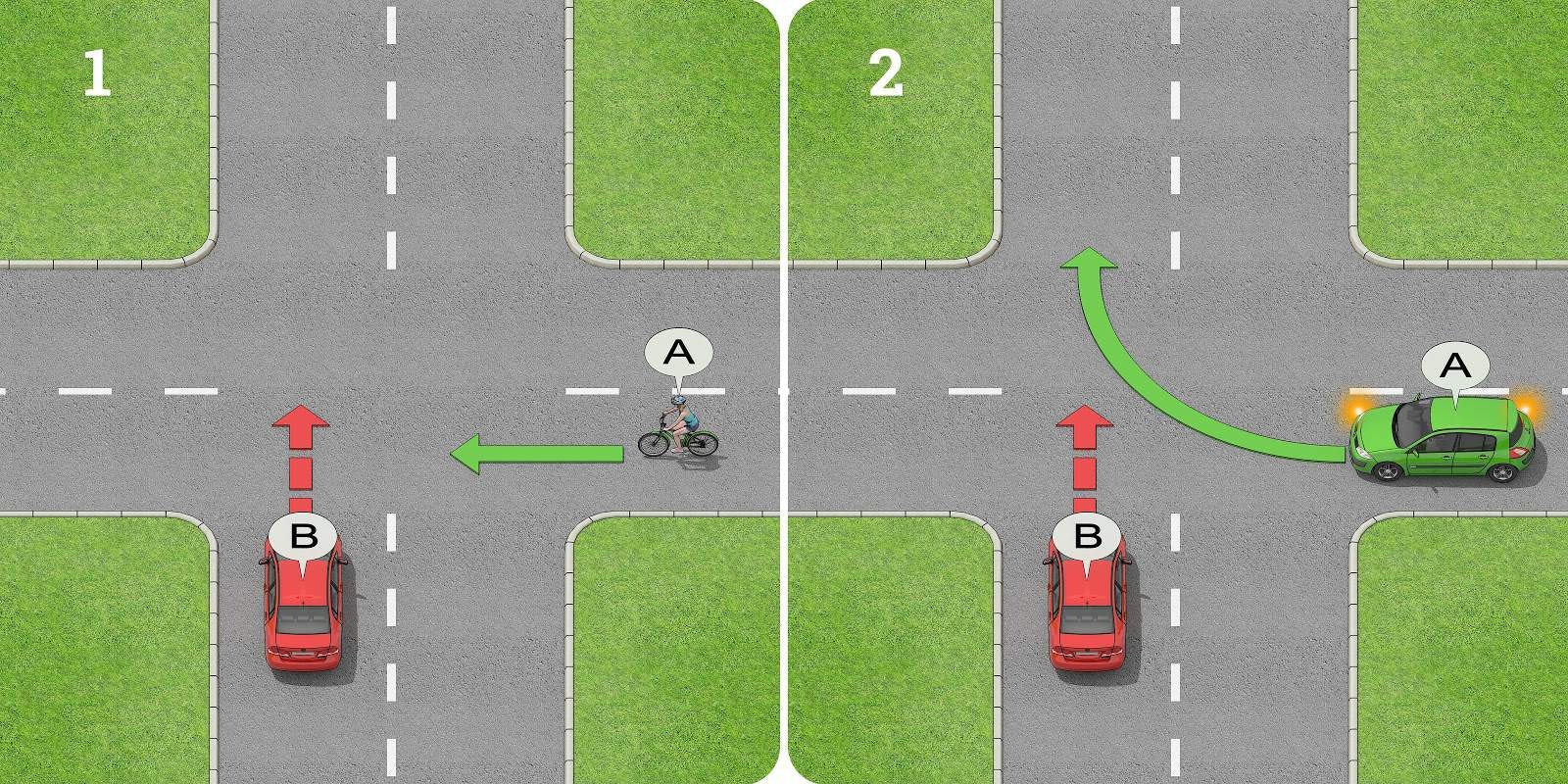
If turning left
If you’re turning left at an uncontrolled 4-way intersection, you must give way to:
- vehicles on your right going straight ahead
- any pedestrians crossing the road that you are entering
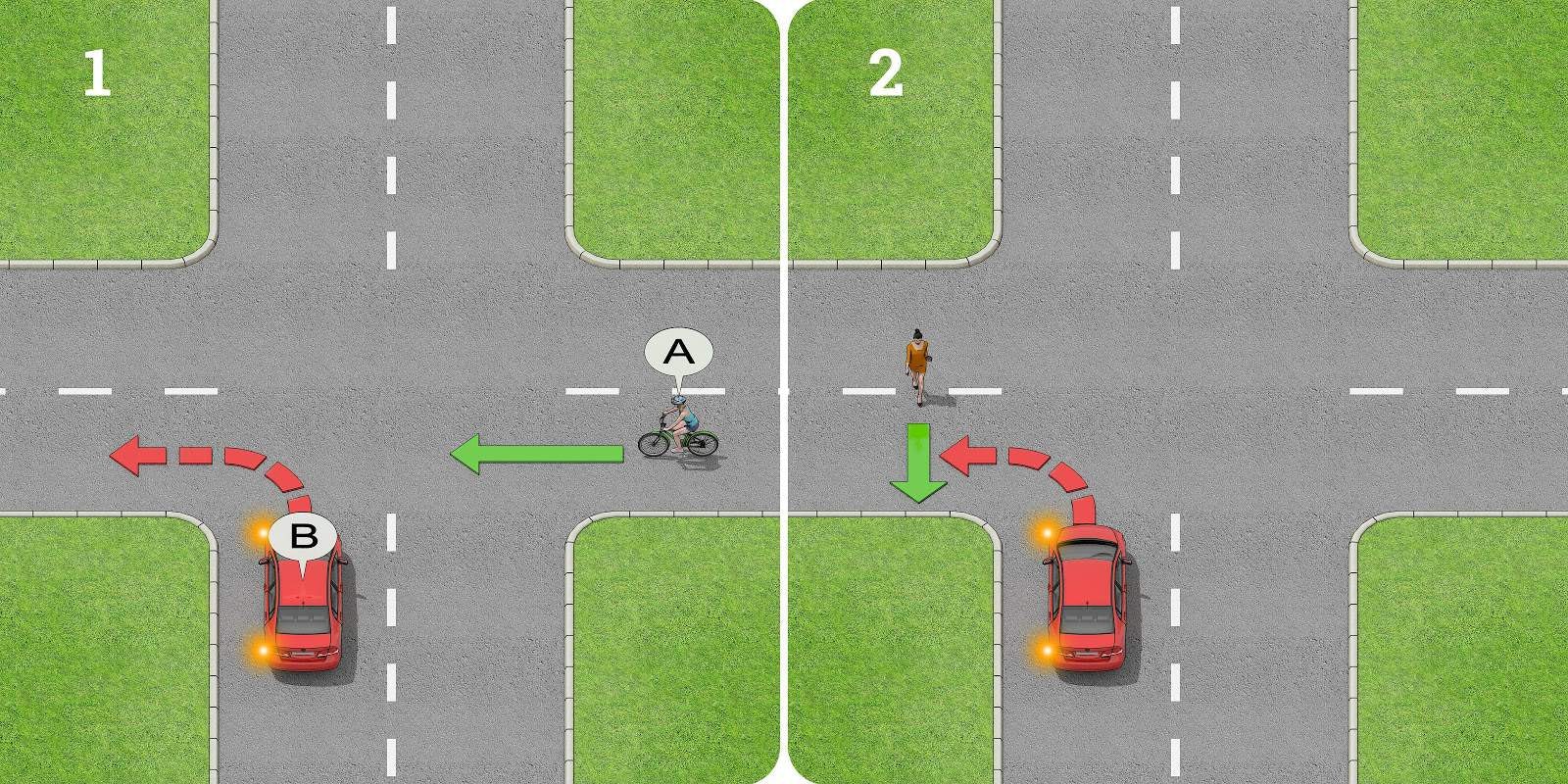
If turning right
If you’re turning right at an uncontrolled 4-way intersection, you must give way to:
- vehicles on your right
- oncoming vehicles that are going straight ahead
- pncoming vehicles turning left
- any pedestrians crossing the road that you are entering
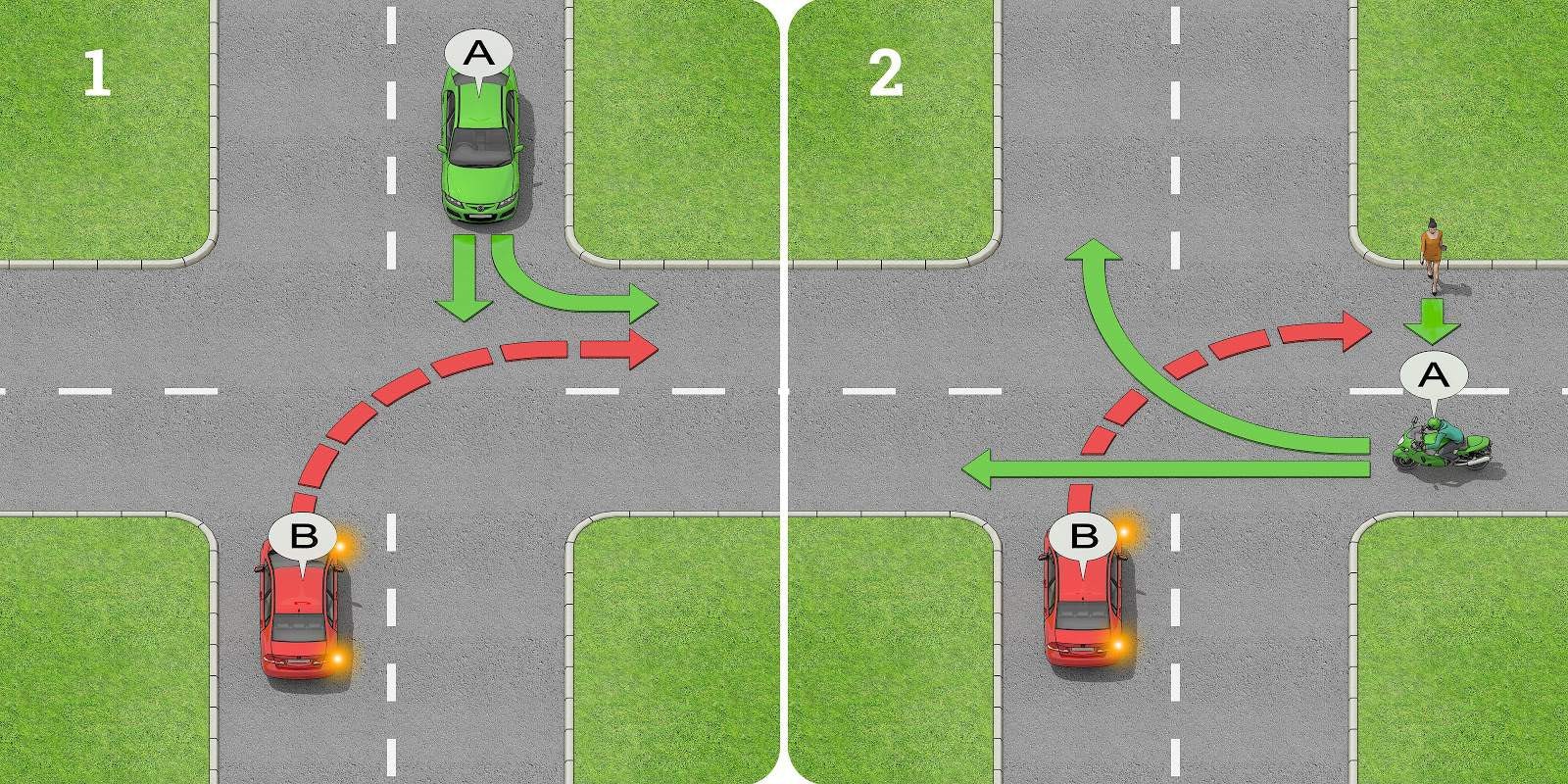
If both you and an oncoming vehicle are turning right, you can turn without giving way by passing in front of each other.
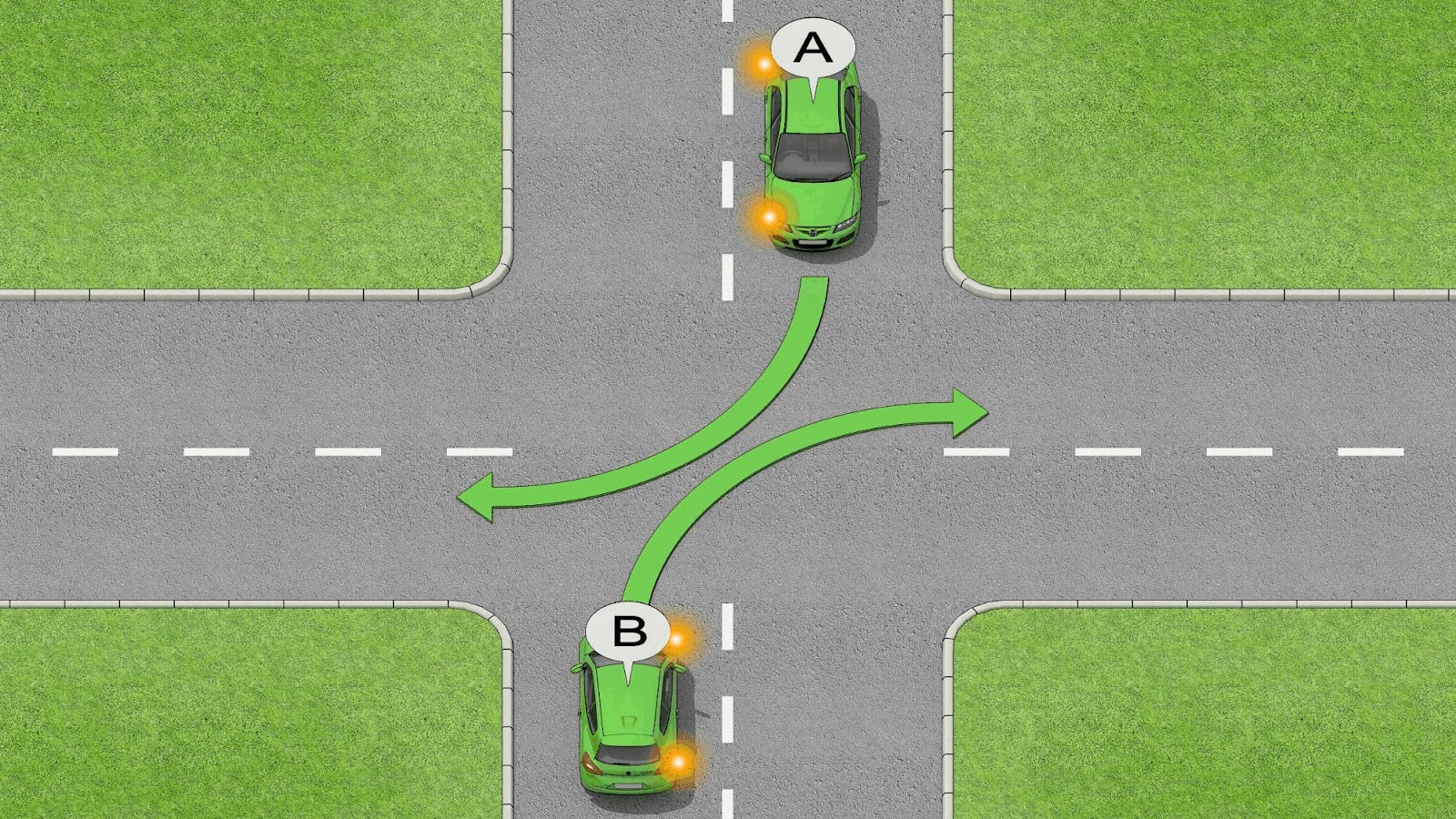
Multiple Vehicles and Giving Way
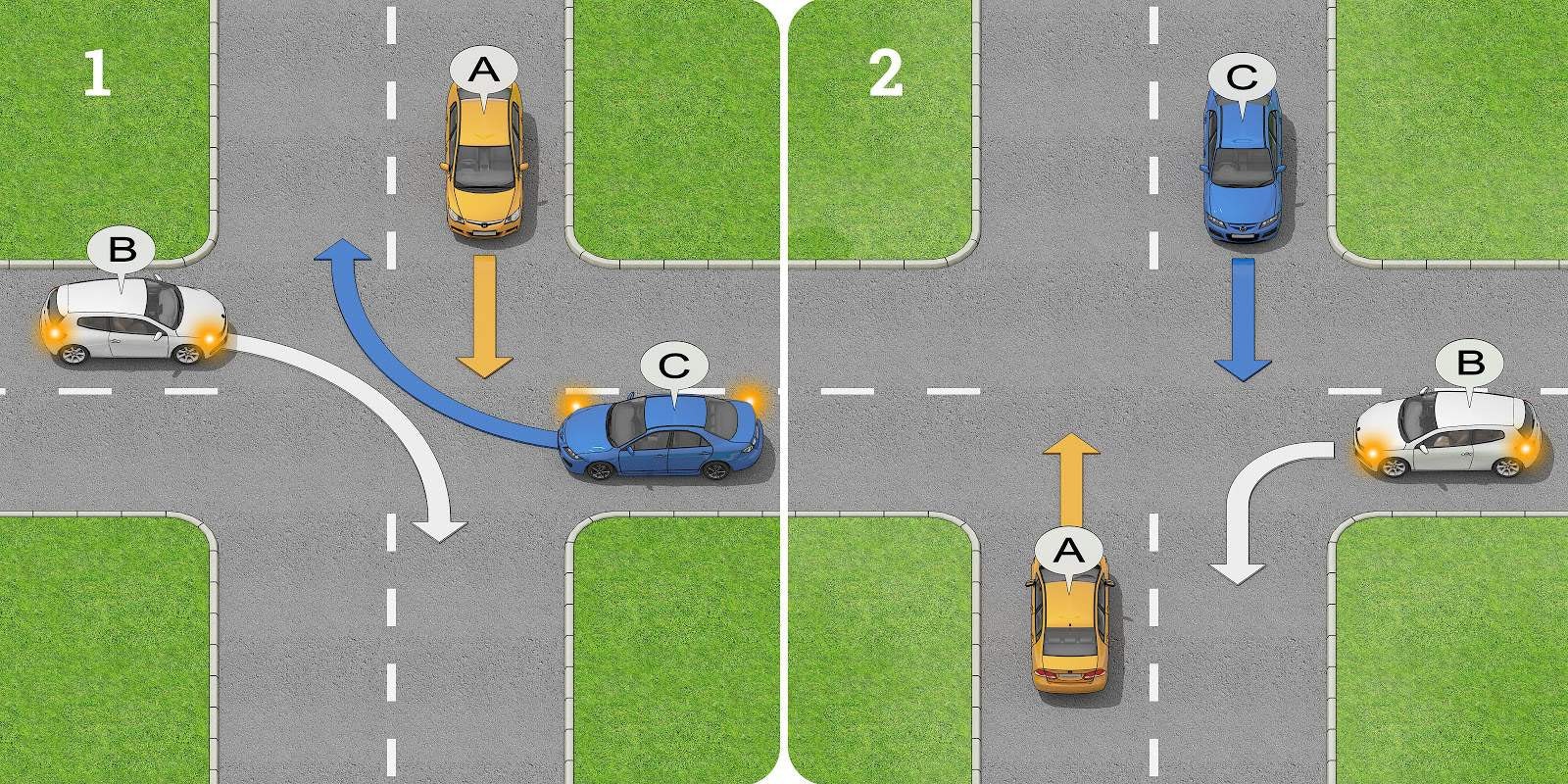
You must combine the give way rules when there are more than 2 vehicles at an intersection. Don’t forget that you must always give way to vehicles on your right and if you intend to turn across the path of another vehicle.
T-intersections
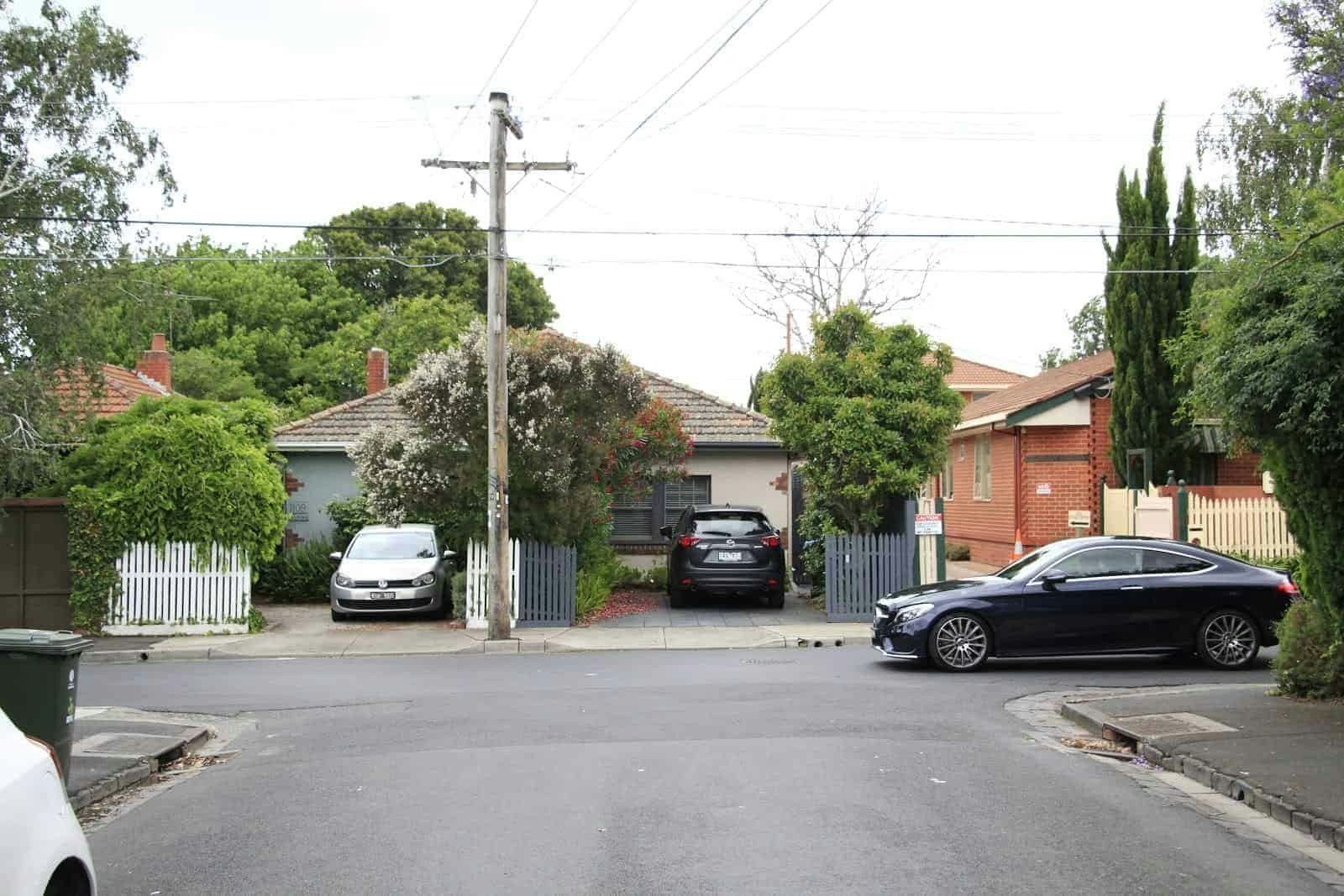
T-intersections are where two roads meet and one of them ends. The general rules don’t apply at T-intersections. The vehicle travelling on the terminating road must give way to all traffic and crossing pedestrians on the continuing road unless otherwise signed.
While the roads don’t always form a regular T-shape, the rules still apply.
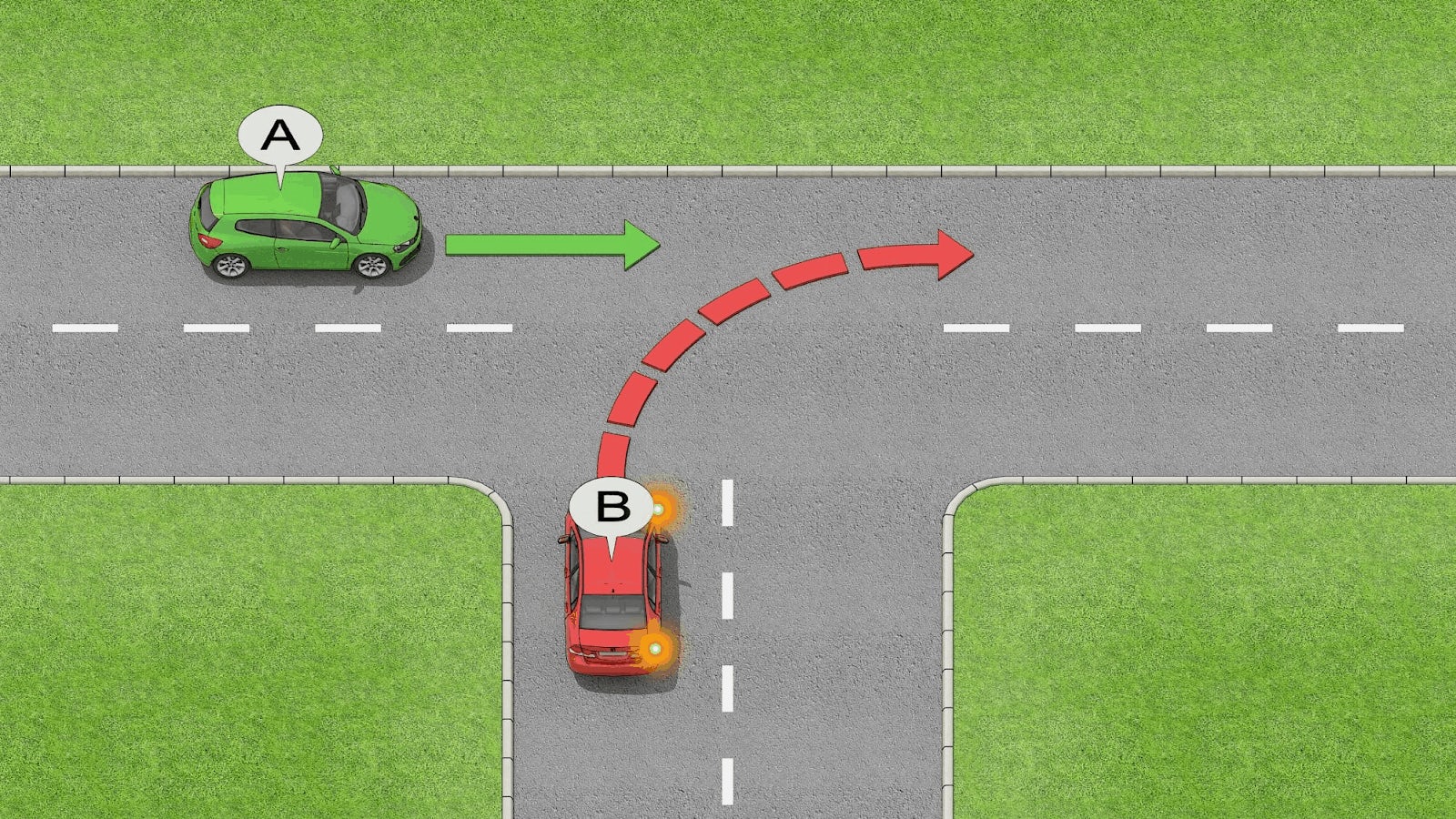
The continuing road can sometimes go around a corner. If so, the continuing road will be marked by a broken white line (see illustration below).
A driver must signal to leave the continuing road and enter the terminating road, and give way according to the rules even if you enter the terminating road by driving straight ahead over the broken white lines.
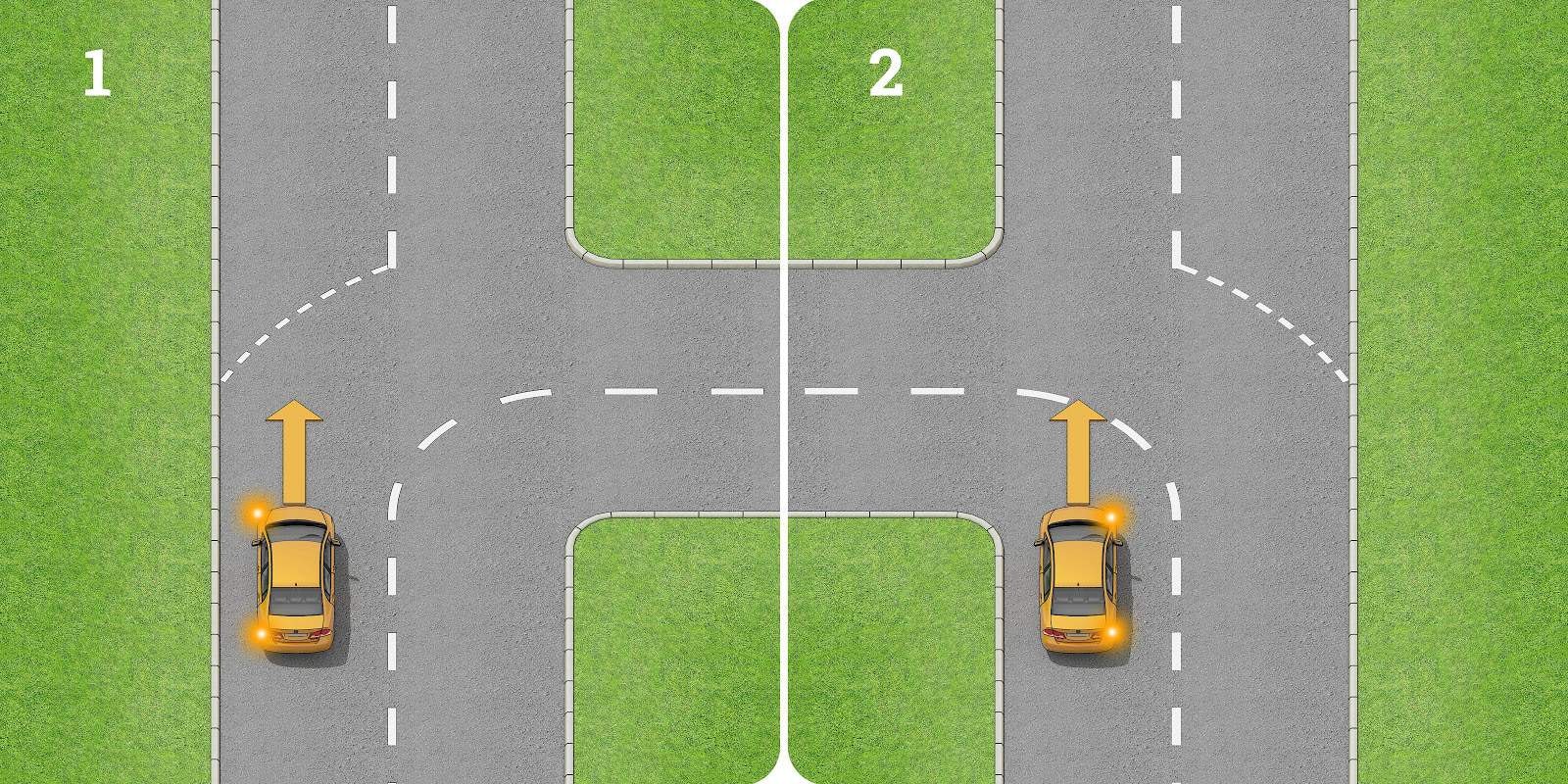
Give Way Test
There are a great number of tricky situations drivers in Australia will face each day. That’s why we have put a great deal of effort into creating detailed tests specifying each possible situation you may come upon, so you can feel confident on the road.
Our give way tests are specific for your state. Select your state and go straight to the theory chapter about giving way to take the test. You can quiz your knowledge on the topic until you understand each situation perfectly.

550+ exam-like questions
All you need to ace your test
Free trial
Recommended articles
Ace your learners test, guaranteed
Want to Be the Top School in Your Area?
- Simple & automated admin
- More time for teaching
- #1 learning materials for students


